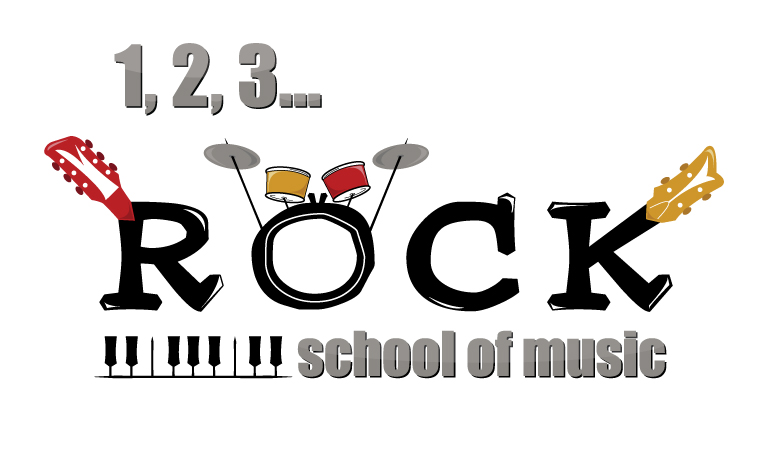There’s no question that humans are hardwired for music. Researchers have discovered recently that part of our brain is dedicated to processing music. This supports the theory that music serves an essential function in our life. So, it’s now easier to understand how music and culture can come together.
—
Tuesday, December 13th
Remember that music’s function is to ensure the group’s survival.
You can almost think of music as a database for storing all of the following:
- shared knowledge (including a common language for communication)
- means of subsistence
- how to govern
This all represents the essential components of culture that guarantee society’s needs are met to ensure continued growth and prosperity.
Music also connects in other ways with each domain of culture. For example, an obvious one is how the language of popular song lyrics always reflects the majority language of the group. In the US, economics and music are a big deal. Corporations control 70% of the music industry and define success by dollar values. This has a significant effect on the music that’s produced.
How Music Brings us all Together
Music is a universal facet of our existence. It doesn’t matter where you look. From big cities to remote villages, deserts to soggy rainforests, and from the peak of the Himalayas, music has always been a crucial part of daily life for people worldwide.
Throughout history, each culture has created music, and each community uses that music to define itself. It then becomes inseparable for both individuals and communities.
There are three main ways that music and culture come together in perfect harmony. They occur within cultures as well as across cultural boundaries:
- Sharing Emotions Through Music
- Music Is an Activity That Promotes Bonding Over an Experience
- Music Is a Highway of Shared Experiences
This article is a re-post, with minor modifications, of “How Music and Culture Work Together: Science Behind Music” published on musichouseschool.com


